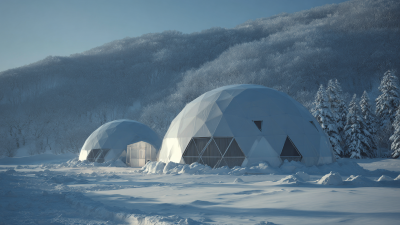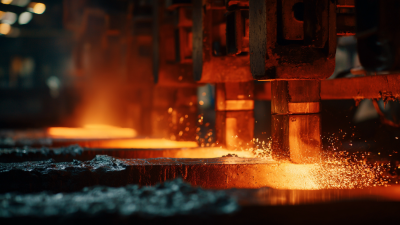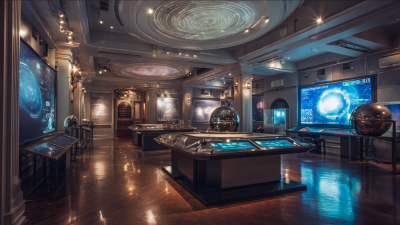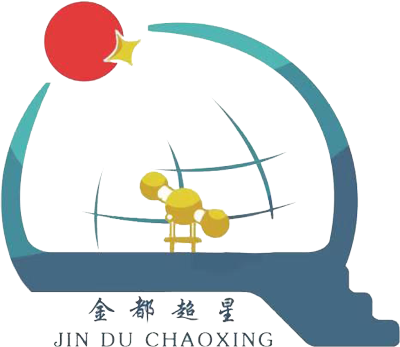In the realm of modern visual experiences, Dome Projection has emerged as a transformative technology, captivating audiences with its immersive capabilities. This cutting-edge medium not only broadens the horizons of storytelling but also enhances the artistic expression in various fields, from education to entertainment. As we delve into "The Ultimate Guide to Optimizing Dome Projection for Enhanced Visual Experiences," we will explore the best practices, techniques, and innovations that elevate the impact of dome installations. Whether you are a seasoned professional or a passionate enthusiast, understanding the nuances of Dome Projection can significantly enhance the way visual narratives are presented. Join us on this journey to unlock the full potential of dome environments, ensuring that every viewer is not just a spectator but an active participant in a stunning visual odyssey.
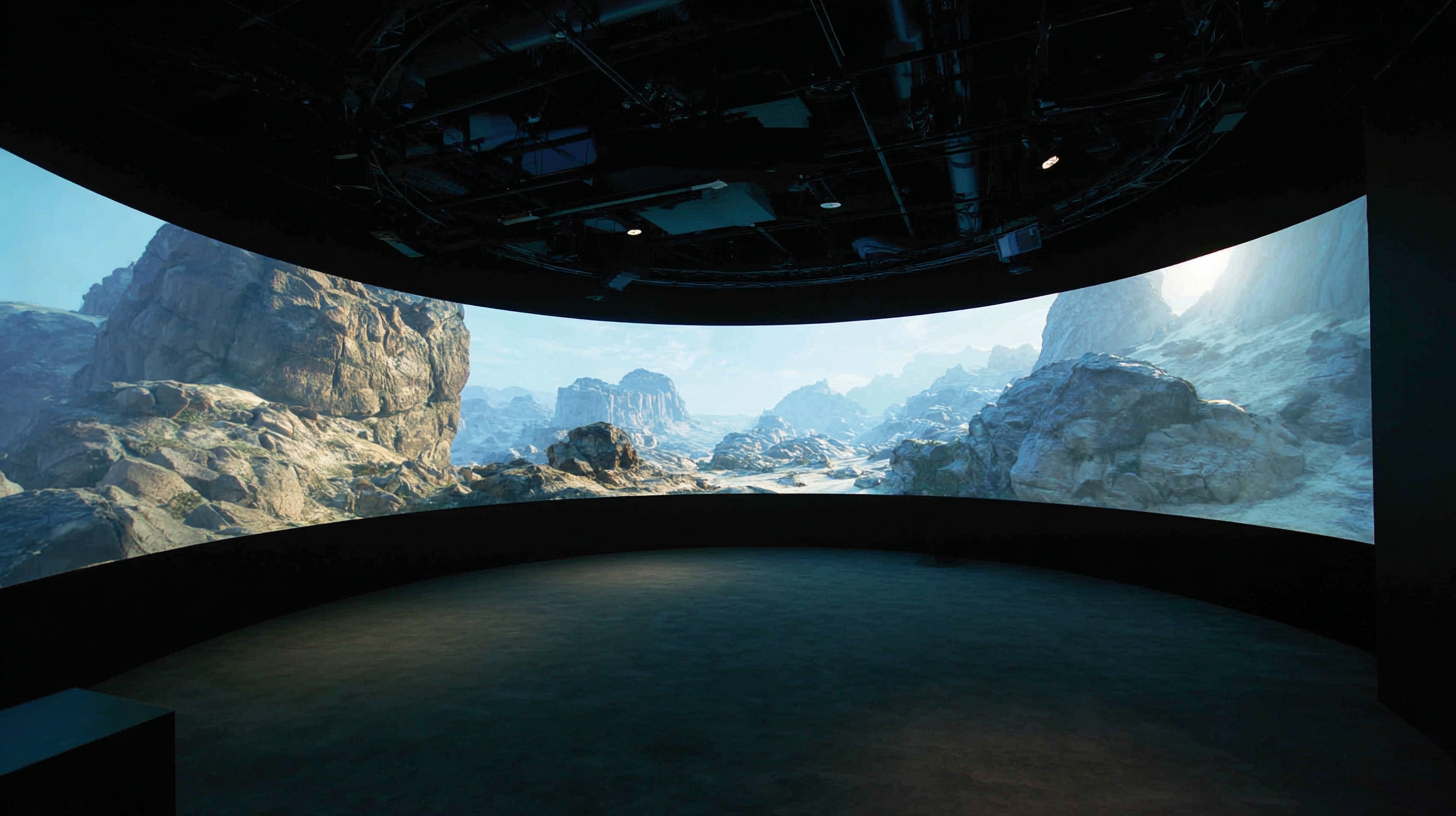
Dome projection technology has revolutionized the way we experience visual content. At its core, dome projection involves displaying images on a curved surface, which creates an immersive environment that engulfs viewers in a 360-degree field of vision. This setup allows audiences to engage with the content in a more profound way, making them feel as if they are part of the narrative or environment being presented. Unlike traditional flat screens, dome projections offer a depth that enhances visual storytelling and helps captivate audiences of all ages.
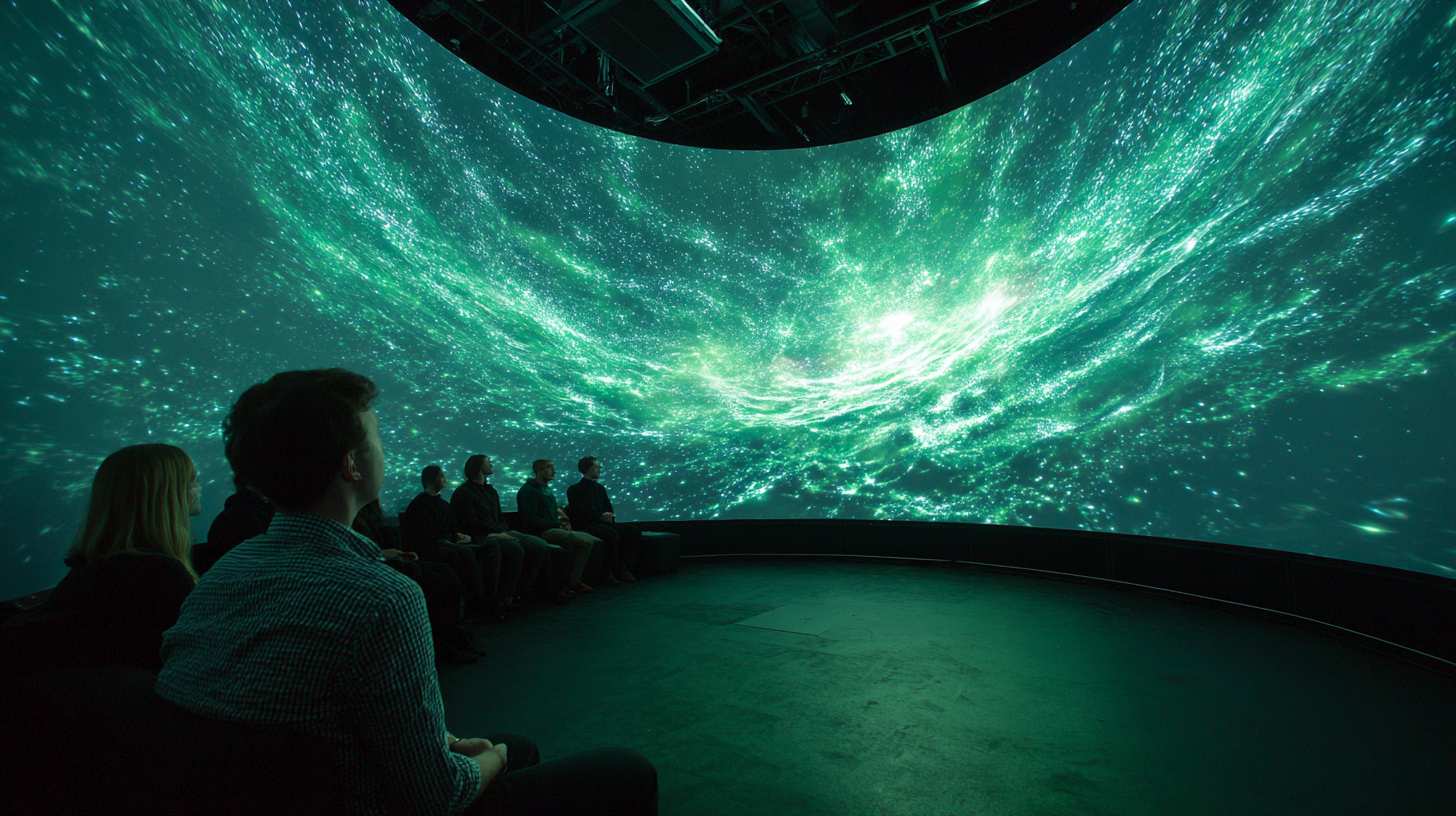
One of the standout benefits of dome projection is its ability to create a sense of presence and immersion. Whether used for educational purposes in planetariums, artistic installations, or entertainment venues, dome projections encourage greater interaction and emotional engagement. The immersive visuals can transport viewers to distant galaxies or pull them into the depths of the ocean, making complex concepts more tangible. Furthermore, the spatial aspect of this technology fosters collaboration and shared experiences, inviting multiple viewers to participate and explore together, ultimately enriching their overall visual experience.
When it comes to dome projection, achieving optimal visual experiences hinges on meticulous design, setup, and calibration. According to a 2021 report by the International Society for Technology in Education (ISTE), 85% of immersive experiences significantly enhanced audience engagement when the dome configuration was executed with precision. This statistic underscores the importance of tailoring your design to fit the venue's architecture and audience size. For example, ensure that the curvature of the dome complements projector lenses to minimize distortion and maximize clarity.
Tip: Use software simulation tools like SketchUp to visualize projection layouts before physical setup. This allows for adjustments that can preemptively rectify issues related to alignment and field of view.
Upon establishing a solid design, the setup phase requires attention to detail in positioning your projection equipment. Industry standards suggest that projectors should be placed to avoid keystone distortion while ensuring uniform brightness across the dome. Testing different projector placements can lead to revealing insights on optimum performance characteristics. Notably, a 2022 survey indicated that 78% of projection professionals emphasized the need for this detailed setup process to achieve ideal luminosity and focus.
Tip: Develop a checklist for equipment configuration and ensure thorough testing in advance, allowing for necessary adjustments when it matters most.
This chart illustrates the effectiveness of various optimization techniques applied to dome projection systems. The data highlights the improvements in viewer experience ratings based on different setup and calibration strategies.
When it comes to dome projection, selecting the right type of content is crucial for creating impactful visual experiences. Different formats can enhance the immersive qualities that dome environments offer, making content selection a key factor. For instance, recent data indicates that using high-resolution video formats significantly increases viewer engagement, with surveys showing that 70% of audiences find high-definition projection formats more captivating compared to standard formats.
Moreover, immersive storytelling combined with 360-degree visuals can elevate the experience further. Reports highlight that experiences utilizing dome projection attract 60% more visitors compared to traditional screen setups. This trend suggests that not only is the format important, but the type of content being displayed must also be tailored to leverage the unique capabilities of dome technology. As creators explore diverse content like scientific documentaries or artistic displays, understanding the audience's preference for certain styles can influence the overall success of the projection. Engaging formats such as animated graphics or interactive visuals can lead to higher retention rates, making them ideal choices for dome projection.
As dome projection technology continues to advance, incorporating interactive elements can significantly enhance viewer engagement. A recent report from the International Data Corporation (IDC) indicates that immersive experiences, including dome projections, can improve audience retention rates by up to 50%. This engagement is crucial in educational and entertainment settings, where the goal is to create memorable experiences that foster learning and interaction. By integrating touch screens, mobile applications, or augmented reality features, dome projection systems can create a two-way interaction, capturing the attention of viewers and making them active participants in the experience.
Moreover, a study by the Interactive Cinema Lab found that audiences participating in interactive dome environments reported a 70% increase in emotional connection to the content displayed. This suggests that when viewers feel like they can influence their surroundings, they are more likely to form lasting memories and exhibit higher satisfaction levels. Implementing interactive storytelling techniques or gamification elements not only boosts engagement but also provides an opportunity for tailored experiences that cater to diverse audience preferences, ultimately transforming traditional viewing into a collaborative adventure.
Dome projection can create immersive visual experiences, but it also comes with its own set of challenges. When dealing with common issues like keystoning, poor image alignment, or brightness inconsistencies, a systematic approach to troubleshooting is essential. Start by ensuring that your projector is correctly positioned and calibrated for the dome’s curvature. This involves adjusting parameters such as lens shift and zoom, which can help minimize distortion and achieve a more uniform image across the entire dome surface.
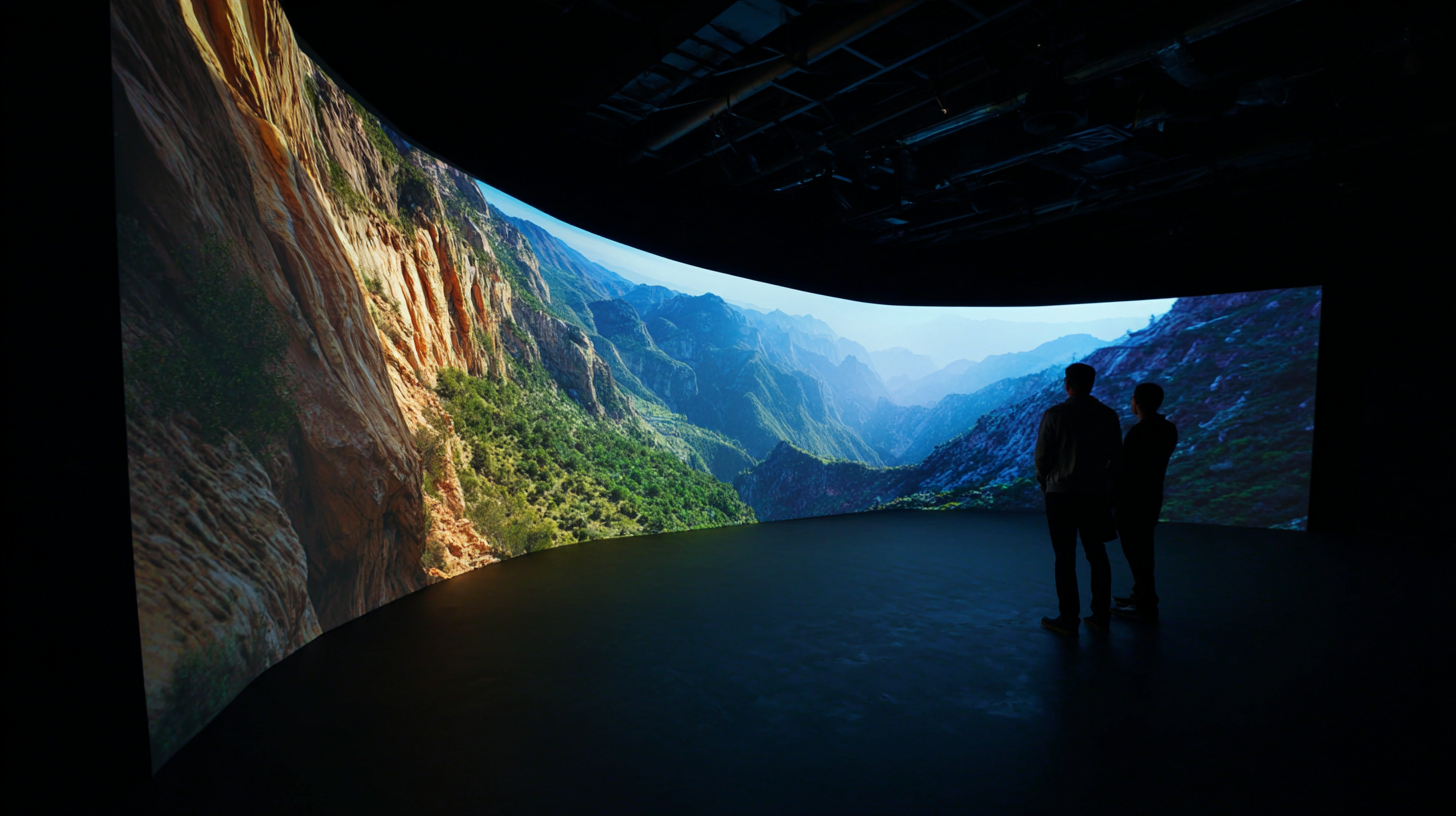
Another common problem arises from improper content scaling or file format compatibility. Always ensure that the media being used matches the projection setup, especially regarding resolution and aspect ratio. Utilizing software that specializes in dome projection can simplify this process, allowing for seamless playback and optimized visual quality. Don't overlook the importance of regular maintenance on projectors and hardware, as dust and debris can significantly affect performance. By addressing these common issues, you can unlock the full potential of your dome projection system and deliver captivating visual experiences that leave a lasting impact on your audience.


